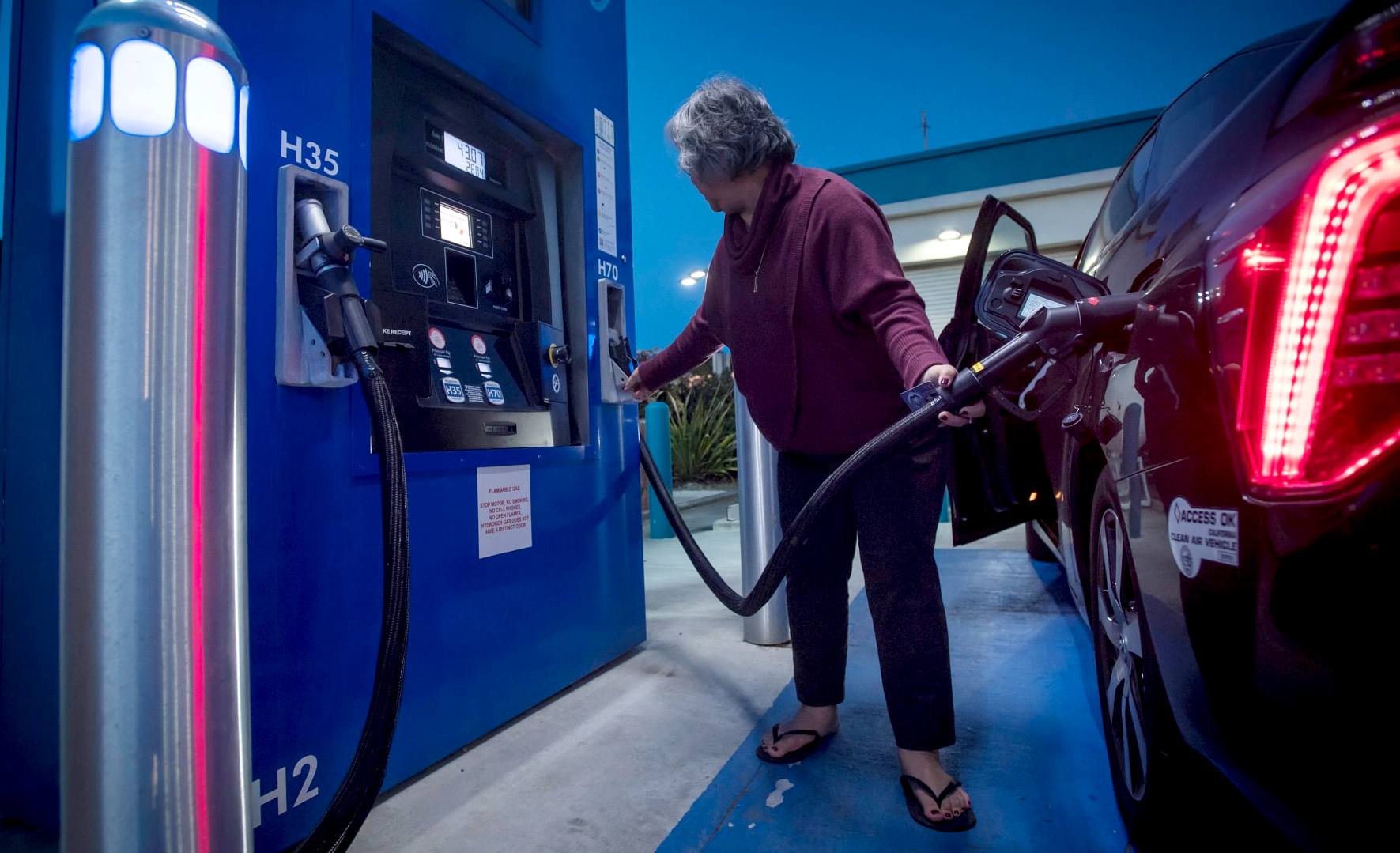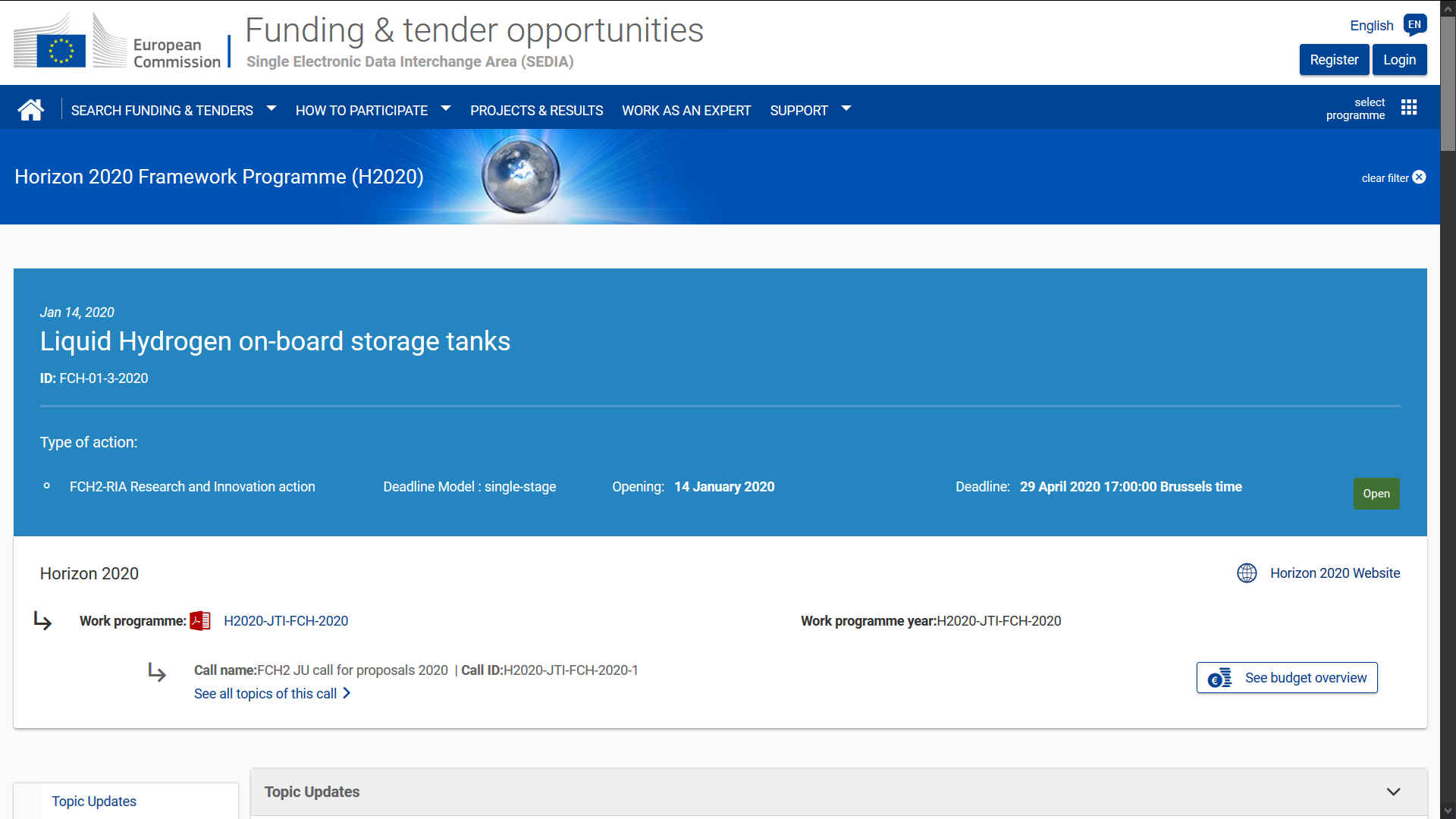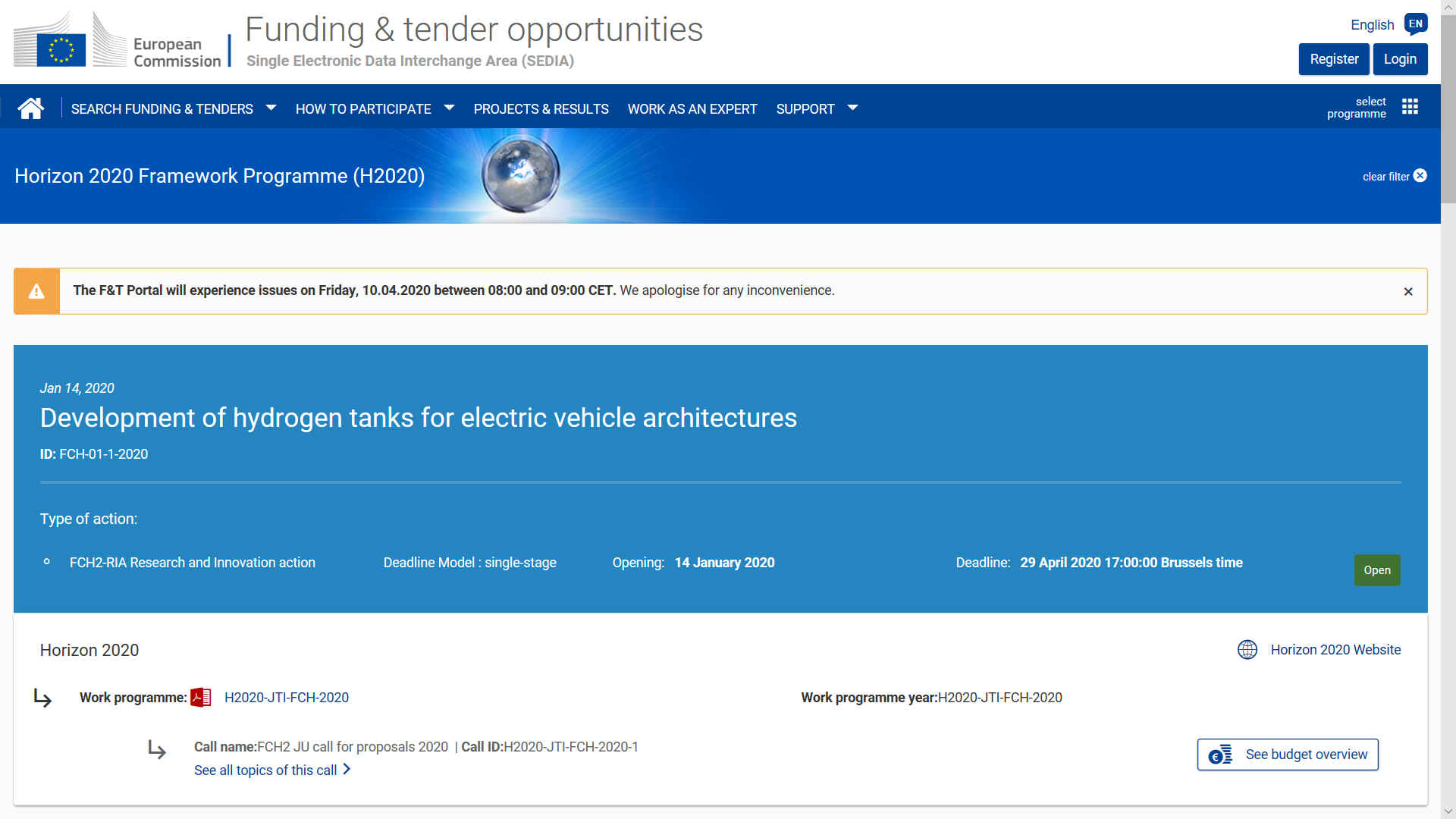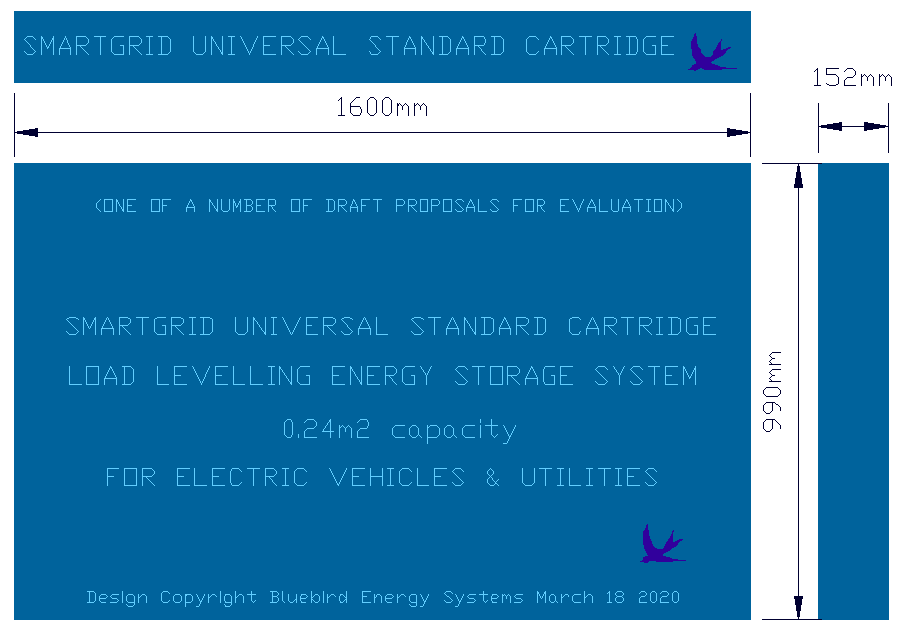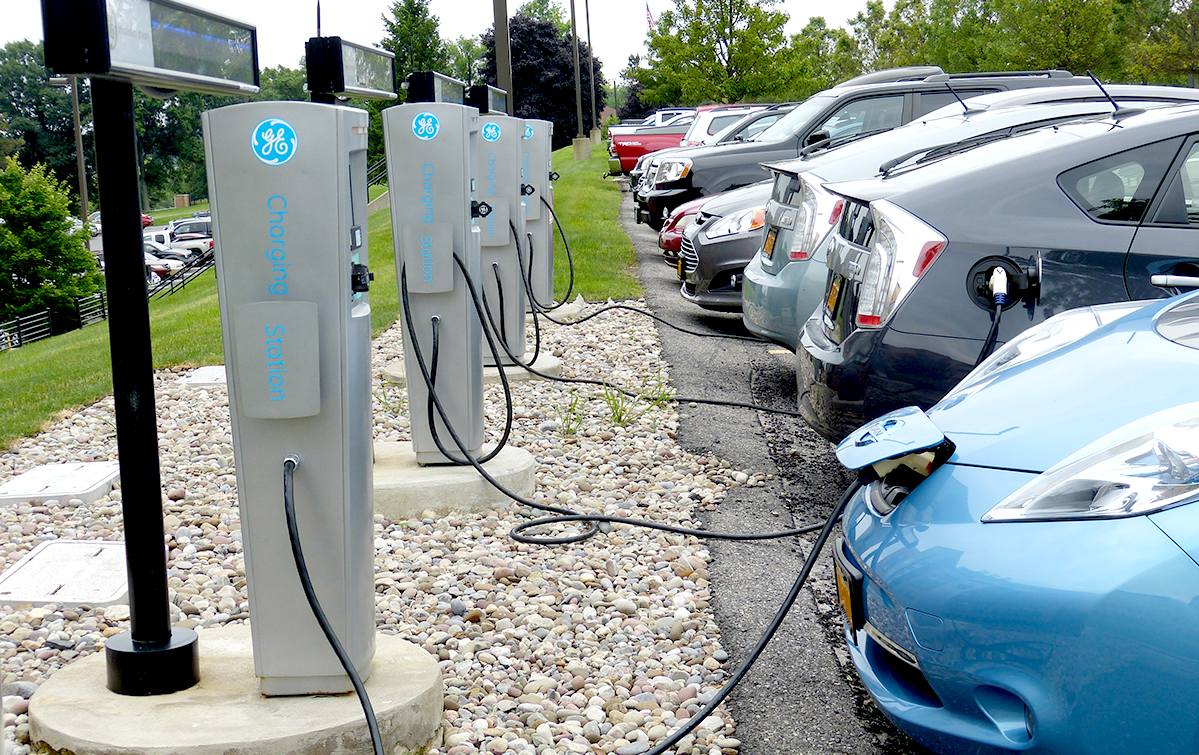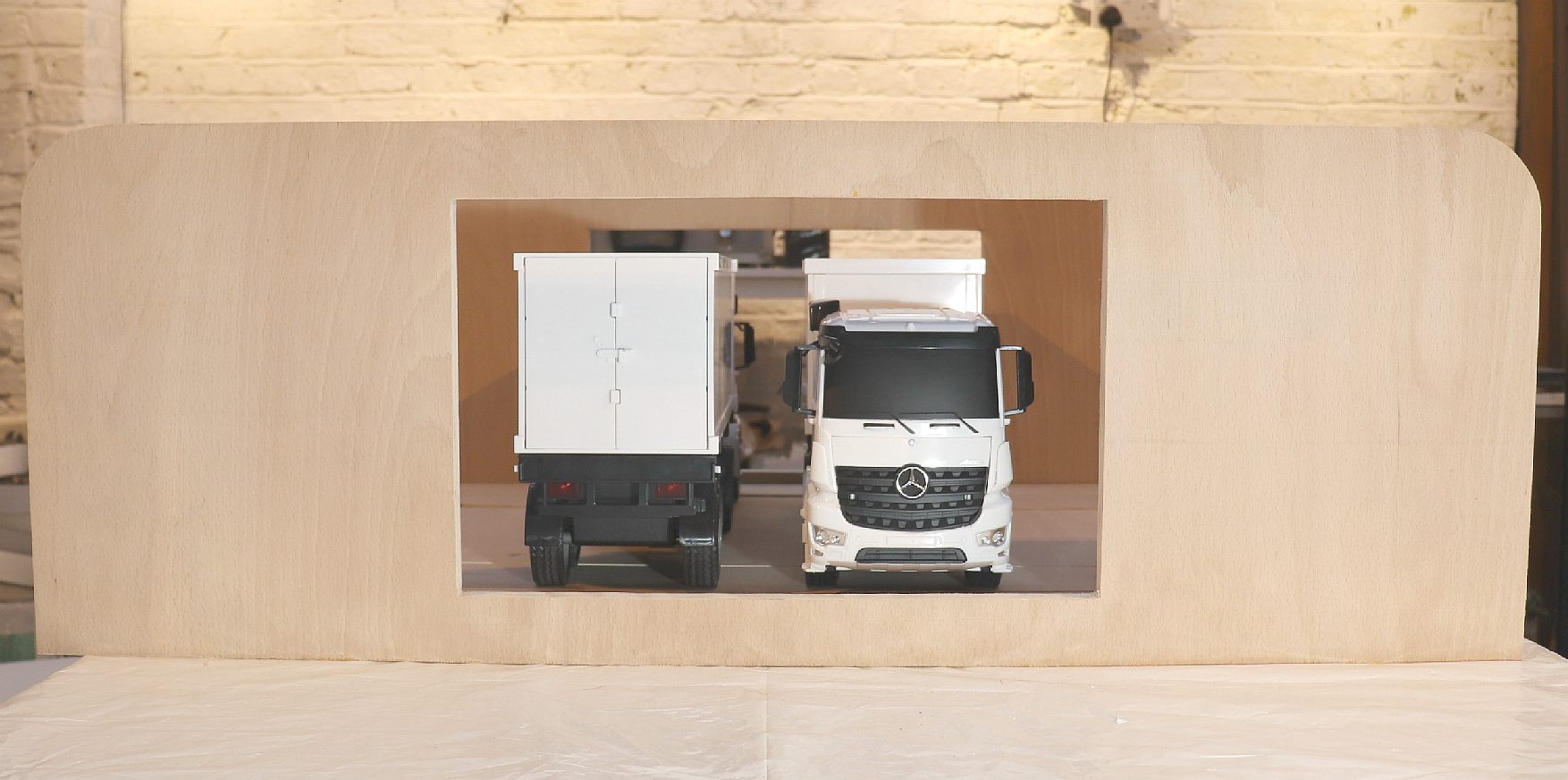|
FCH-01-2020 EV CARTRIDGE DESIGN
AUTOMOTIVE A TO Z CLIMATE CHANGE A TO Z CONTACTS EVENTS GROWTH A-Z PLEASE USE OUR SITE INDEX TO NAVIGATE THIS SITE |
|
|
AUTOMOTIVE
EV COMPARISON
- Where charging up a battery-powered car can take anything from half an
hour to a whole night, you can refuel a hydrogen car in just five
minutes using flexible hoses. But, you can also refuel a battery car in
less time using cartridge exchange. Meaning that hydrogen loses out, if
we take into account conversion losses. For this reason hydrogen is
unlikely to achieve the same level of market penetration, without a
means to work alongside battery vehicles, such that the choice for the
buying public is not such a risk, as if putting
all their eggs in one basket.
H2020-JTI-FCH-2020-1
: FCH-01-1-2020
Hydrogen tanks for EV architectures
Passengers
will require space for free movement, which implies among other changes,
body structures without central tunnel.
The integration of both energy systems in the same car body would enable economies of scale, simplify and reduce engineering and manufacturing processes and allow flexible production, which could buffer demand fluctuations. Due to the expected above changes in future car bodies, installation spaces designated for the integration of energy storage cannot be used efficiently with conventional type IV hydrogen cylinders tanks.
The major challenge today is the integration of hydrogen storage systems that fulfil customers’ autonomy range expectations. Development of novel and innovative tank concepts is therefore necessary, in order to be able to integrate hydrogen drive systems into after-2020 future vehicles.
The main challenge consists of packaging high pressure hydrogen storage vessels (which used to have cylindrical geometries in conventional pressure vessels) into a rectangular shape for battery spaces while complying with current type-approval regulations EC 79/2009 [20] and UNECE Regulation No.134 [21].
Finding a tank design concept while fulfilling requirements for certification as well as realizing a high storage volume for acceptable vehicle ranges is one of the main obstacles.
[20] https://eur-lex.europa.eu/LexUriServ/LexUriServ.do?uri=OJ:L:2009:035:0032:0046:en:PDF
Scope:
The core goal of this project is the development and validation of an innovative hydrogen 70 MPa tank system in a conformable shape that can be integrated in light-duty vehicles with flat architectures, unsuitable for conventional cylindrical Type IV (Composite Overwrapped Pressure Vessel, COPV) tanks.
The new storage system concept should take into account especially industrial manufacturability, mechanical safety, low permeation, fire resistance, low costs, high gravimetric and volumetric efficiency, and meet type approval requirements. It should also be compatible with SAE J2601 [22] and allow fast refueling according to SAE J2601 refueling protocols
It is expected that the new storage system would need to fit into a design space of 1800 x 1300 x 140 mm³. The geometry and concept of the tank system is however not defined yet.
The system can consist of one or more separate vessels that are linked in order to form the tank system.
The project should address the analysis, simulation, hardware validation and the Computer-Aided Design, CAD-based vehicle integration of the chosen concept.
It is expected that at least 10 prototypes will be built-up and major performance tests will be conducted in order to validate the concept according to current type-approval regulations.
If a concept is chosen such that it shows a tank system consisting of several identical vessels linked to form the tank system, one prototype means one vessel; a vessel defines a closed containment with a separate valve.
The following tests are expected to be performed: * Non-destructive geometric/gravimetric characterization (on at least 2 prototypes);
* Burst pressure (on at least 3 prototypes);
*
Pressure
cycle tests (on at least 3 prototypes); * Permeation (on at least 1 prototype);
* Fire resistance (on at least 2 prototypes);
* The project should contribute to safety and type-approval standards for conformable hydrogen vessels (especially critical tests like drop and impact test).
TRL at the start of the project: 2 and TRL at the end of the project: 4.
Any safety-related event that may occur during execution of the project shall be reported to the European Commission's Joint Research Centre (JRC) dedicated mailbox JRC-PTT-H2SAFETY@ec.europa.eu, which manages the European hydrogen safety reference database, HIAD and the Hydrogen Event and Lessons LEarNed database, HELLEN.
The consortium should consider collaborating with the European Commission's Joint Research Centre (JRC) and using its High Pressure Gas Tank Testing Facility (GASTEF) for conducting hydrogen cycle tests to complement the performance tests requested above
The project should contribute towards the activities of Mission Innovation - Hydrogen Innovation Challenge. Cooperation with entities from Hydrogen Innovation Challenge member countries, which are neither EU Member States nor Horizon 2020 Associated countries, is encouraged (see chapter 3.3 for the list of countries eligible for funding, and point G. International Cooperation).
The FCH 2 JU considers that proposals requesting a contribution from the EU of EUR 2 million would allow this specific challenge to be addressed appropriately. Nonetheless, this does not preclude submission and selection of proposals requesting other amounts.
Expected duration: 3 years
[22] https://www.sae.org/standards/content/j2601_201003/
BATTERY CARTRIDGE FORMAT PROPOSAL - This cartridge format provides 0.24 of a meter cubic capacity. All of these formats can be used in multiples to provide up to 1.92 of a cubic meter capacity. This is one of a number of sizes that we will be evaluating as part of a study we hope to obtain funding for - to define a universal format or international standard.
Expected Impact:
The project should represent a new approach of mobile hydrogen storage in the EU and, if successful, will generate a true breakthrough, opening the door of the FCEV technology for all types of future vehicle concepts.
A prototype would then need to be developed and built within the envelope of the installation space, and the project should result in:
- Prototypes designed for storing hydrogen gas at a nominal working pressure of 70 MPa;
- Developing an understanding for main requirements in future design space;
- Understanding of manufacturing hurdles and solutions;
- Demonstration that future fuel cell electric vehicles can share vehicle architectures with battery electric vehicles;
- Better understanding for temperature changes inside the pressure vessels with new geometries due to hydrogen fueling and defueling;
- Necessary steps for certification and standardization of investigated pressure vessel geometries should be shown (especially critical tests like drop and impact test).
The project should measure its impact through the following KPIs:
- Within the estimated design space (1800 x 1300 x 140 mm³) > 45 % (stored H2 volume within design space volume);
- Gravimetric efficiency (according to the FCH 2 JU target for 2024) > 5.7 %;
- Costs for tank system < 400€/kg H2;
- Permeation < 46 cm³/h/l at 55 °C (according to UNECE Regulation No.134);
- No leakage or burst of the vessel may occur under an engulfing fire affecting the whole tank at a temperature higher than 590 °C for a duration of at least 10 minutes, according to UNECE Regulation No.134;
- Burst pressure > 157.5 MPa (according to UNECE Regulation No.134);
- Hydraulic pressure cycle test: no leakage before 11,000 cycles and no burst before 22,000 cycles at 87.5 MPa (according to UNECE Regulation No.134).
The conditions related to this topic are provided in the chapter 3.3 of the FCH2 JU 2020 Annual Work Plan and in the General Annexes to the Horizon 2020 Work Programme 2018– 2020 which apply once any necessary changes have been made.
THE SLOW LANE - We all live fast lifestyles. Waiting 30 minutes for rapid charging not only strains the grid, but also damages batteries, and nobody has thirty minutes to waste - best case - worst case 6-8 hours. A truck size battery would take hours to (so-called) rapid charge. It is just not practical. Ignoring for now that there are no charging points along the streets in towns and cities, or at supermarkets. Even faster charging is envisaged, with catastrophic consequences for the National Grid without load levelling.
1:20 SCALE MODEL - April 6 2020, a model of a service station that can refuel buses, truck s and cars is under construction in workshops in Sussex, England. Seen here are two 1:20 scale Mercedes articulated container trucks inside. The makers are using plywood for the model of the building and some of the working parts - that cannot be shown due to patent law prohibiting prior publication. The Automated & Electric Vehicle Act 2018, makes it law in England that provision must be made for charging and refuelling of electric vehicles at service stops. This system would more accurately be described as a refuelling point - since the energy exchanges for trucks and cars are virtually instant. The full size building can be a quarter this size for city locations where space is limited. But for load levelling purposes, the larger the capacity of stored electricity, the more efficient the grid. Copyright photograph © 6 April 2020, Cleaner Ocean Foundation.
SMART-CHARGER - Potentially the world's fastest electric car: 400mph using energy from nature. Featuring built in energy cartridge swapping system, charged using renewable solar energy. A project in waiting in PR terms to celebrate the banning of petrol and diesel cars in Europe and the UK from 2030.
|
|
|
The
content of this website is copyright © 2020 Electrick
Publications. All rights reserved. The bluebird logo
|
